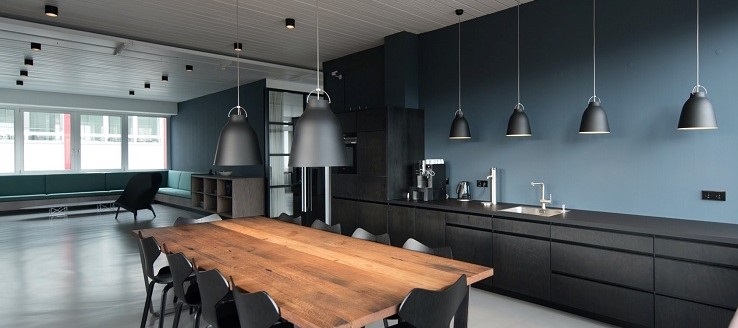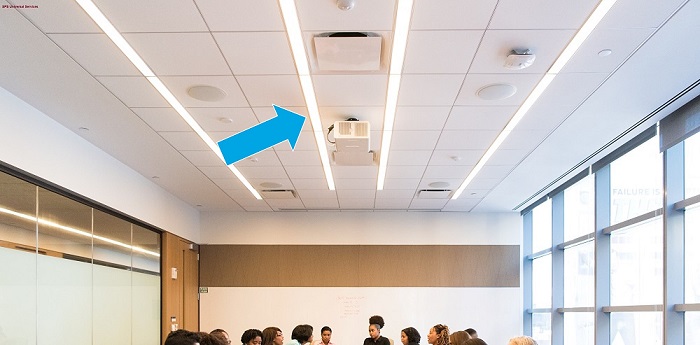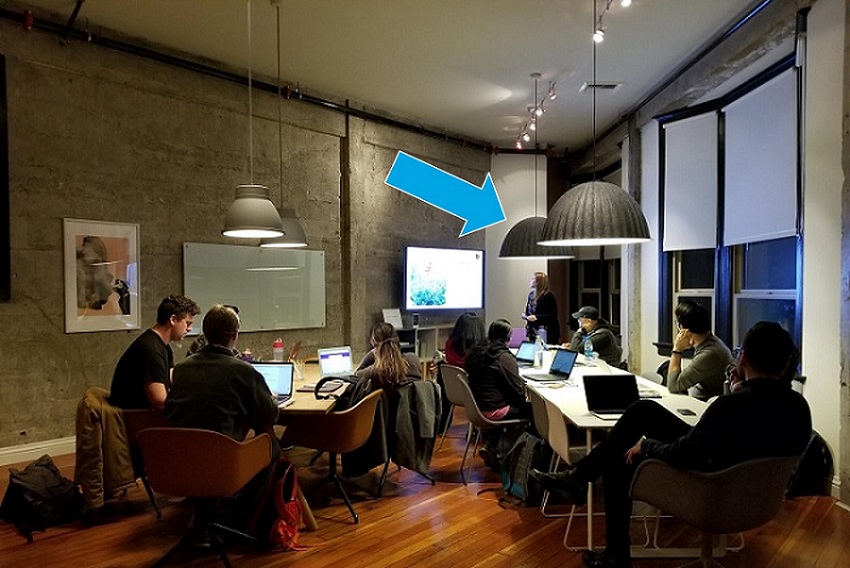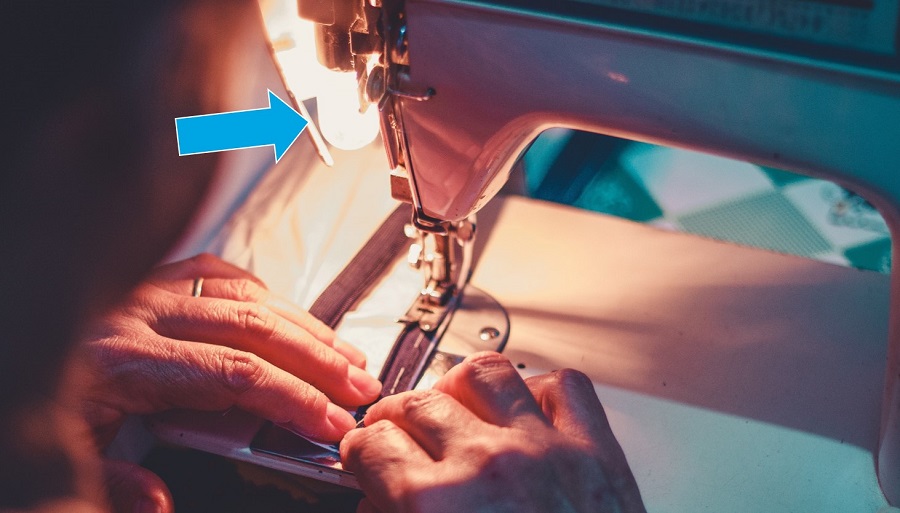
Workplace ergonomics includes lighting. An adequately illuminated office and workspace is inviting, motivating, aesthetically pleasing and offers plenty of other advantages. Hence, business owners should not ignore the importance of office lighting because eventually, the benefits will be translated into better productivity, workplace safety and healthier workforce.
What Is Poor Lighting?
Poor lighting refers to both under and over-illuminated environment, glare, incorrect contrast, poorly distributed light and flicker. Poorly-lit environment induces fatigue, headache, eye strain, neck, back and shoulder pain because employees are squinting and using bad postures to “see better”. It is the responsibility of business owners to eliminate all kinds of avoidable hazards and accidents in the workplace (read: Workplace Health Hazards).
Lighting Need Is Individual
Every individual requires different level of brightness, because each of us is unique in term of health condition, age, disabilities, the task we are performing and the location of our workstation. However, there are general guidelines to create a well-illuminated workspace. Workspace includes but not limited to open office, meeting rooms, corridors, stairs, escalators, travellators, lift lobbies areas, restrooms, carparks and machinery rooms.
Solutions for Limited Access to Natural Light
Although natural light is the best source of illumination, which keeps us happy and stimulate us throughout the day (read: Stimuli in the Workplace and Work Performance), many employees do not have the privilege to have the access to natural lighting. Reasons being their workstations located far from windows, their offices have very limited numbers of windows, the facing of their offices or offices are located in the basement. If this is the case, companies can install lighting system that can make up the deficiency. Discover how our V-Buster Nano Composite Anti-Virus Circulation Lamp can help in creating a healthier workspace.
The Types of Indoor Lightings and Dispersions
A workplace can install general, localized-general or local/task lighting, with different dispersions – direct, indirect, direct-indirect and diffuse.
General Lighting

General lighting is fixed on the ceiling and it lights up a large area such as open office uniformly.
Localized-General Lighting

It is an overhead lighting fixtures and helps improving the lighting level for a more specific area such as workstations or meeting desks.
Local/Task Lighting

Local/task lighting is used to aid employees to perform a specific task such as sewing or gem setting on a piece of jewelry or timepiece. A table lamp is one good example of local/task lighting. It allows users have full control over adjusting their own angles and brightness.
Dispersion

The Lighting Landmines to Avoid
Here are a few tips of for you to avoid stepping on the lighting landmines.
-
- Avoid installing direct lighting fixture behind where employees work. This creates shadow. Use task light to counteract the problem.
- Use clear instead of opaque dividers, panels or partitions to divide the open office. This facilitates a better and even lighting distribution. (link here)
- Choose indirect or shielded light fixtures (e.g. egg crate louvers) to prevent glare. Matte wall paint and flooring help too.
- Install lighting with adjustable brightness control, or a lighting system which adjust automatically according to the change of natural brightness.
Conclusion
Good lighting can elevate the ambience of a space, reduce the risk of workplace accident and help in work performance. Sustainable and durable lighting may cost you slightly more at the beginning but you will eventually better off by encountering much lesser need for repair, replacement and maintenance.
